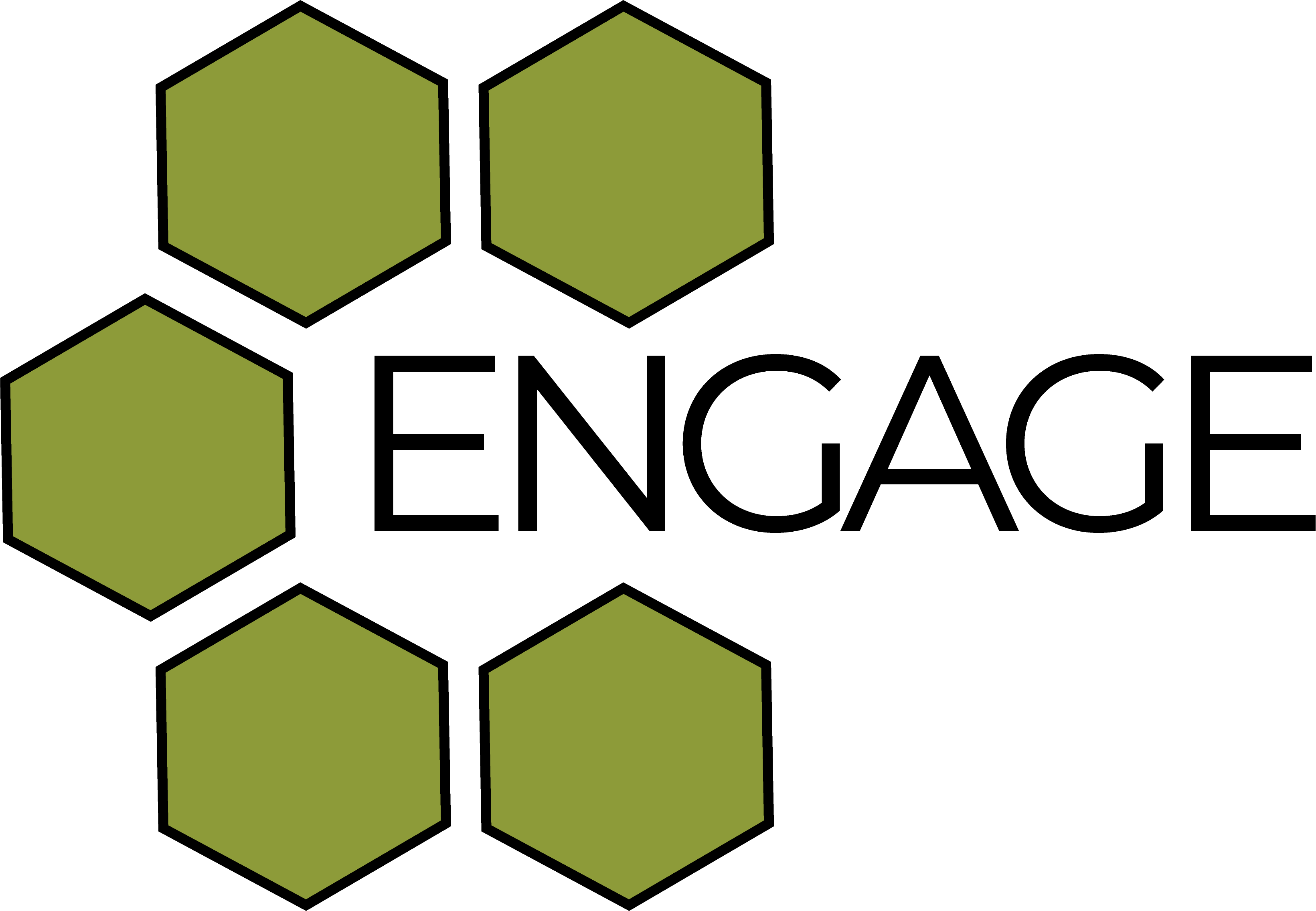Ilana Jacqueline

Diagnosis in the field of rare disease is often a problem of information. There are over seven thousand distinct rare diseases, most of which doctors never see. They can affect all parts of the body, manifest at any age, come on suddenly, or slowly present over decades. Research exists for many, but not all, treatments are often still experimental, and what information is published can be spread out and difficult to find. It’s a monumental task for any doctor, even a specialist, to be familiar with all the conditions they may see. Patient’s may visit a dozen doctors and get a dozen equally plausible diagnoses long before they see improvement – let alone a diagnosis.
This enormity of possibilities, and the risks involved in mistreatment, underlie the profound challenge faced by physicians when they see a patient that presents symptoms of a rare disease.
Why did a diagnosis take so long? The issue was a matter of her being born in the wrong place at the wrong time. While a variety of immune deficiency diseases are now screened for in multiple states through the Newborn Screening Panel—in Florida, during the year of her birth, her disease wasn’t on the exam. Like millions of patients, her case was able to slip through the cracks, and the result of such a late diagnosis means she has failed to respond to treatments that, at a younger age, might have given her a more normal life.
The impact of the disease has been more than a physical one. With so many hospitalizations, absences from school and work, it became clear to her that she’d been living, as she describes it “at a distance.” A distance from friends and family, a distance from all the people who couldn’t quite reach her in a hospital bed. It was here, at beginning of a long struggle for treatment that she began fighting to be seen past the invisible illnesses that had shadowed her all her life. In an effort to break back into the world she wanted to be a part of her, she set up her laptop from her hospital bed and started her blog “Let’s Feel Better”.
Originally her posts were meant to keep friends and family updated about her condition. She wanted people close to her to understand what she’d been going though, to understand what a life like hers was like. It soon became evident that this was a story that more than just her friends wanted to hear. Her blog exploded in popularity, first with previous teachers and classmates, then community members, then perfect strangers; anyone and everyone who could see themselves or a loved one in this ongoing story of life with a rare disease. A book deal followed; her story was picked up by the nation’s biggest self-help publisher and she wrote Surviving and Thriving with an Invisible Chronic Illness. Her book taught people how to survive, but not like most. She didn’t focus on the pragmatic issues of nutrition or medical advice. She focused on livelihood, dating and school, life beyond illnesses, invisible or otherwise, facing stigma when no one can see you’re sick, and needing more help. She wrote about the complex issues that people with rare diseases often face.
Some might recognize Ilana from her past position as the Managing Editor of Global Genes’ The Rare Daily, where for five years she interviewed people like her who had a story to tell about their diagnostic journey. She learned about the level of access to the people and materials required to truly treat a rare disease effectively, and how and why they might not be the same for all people or all rare diseases. She listened to the stories of people much like her, people who struggled to find a diagnosis, who nearly fell through the cracks. She became a vehicle for raising awareness, writing about patients and advocates, and she wrote about all the good going on in the rare disease community.
Today Ilana is doing what she’s always tried to do; help undiagnosed patients live a life with access to early intervention. She now works as the Coordinator for The Genomics Collaborative at FDNA, a biotech company out of Boston who apply cutting edge facial-recognition technology and next-generation phenotyping to the challenge of complex, undiagnosed cases. Working with patients, advocacy groups, clinicians, researchers, labs and life sciences companies — she helps to organize research projects that increase awareness of rare conditions across the medical community and help the team at FDNA to improve on the technology doctors use in exam rooms.
This is just the latest part of a storied career for Ilana. She’s dedicated her life not only to surviving her rare diseases but serving the community that lives with them. She fights every day for those affected, and she’s changing lives. It’s no doubt to everyone here at Engage Health that Ilana Jacqueline is a Rare Disease Difference Maker®!
Who’s made a difference in your rare disease? Whether it’s a teacher, parent, pastor, friend, or physician, if you want to recognize someone who has impacted your life, click here to nominate them! Not only do we hope to recognize those who have made a difference in the rare disease community, it is our hope that these stories motivate others with practical inspiration for how they can make a real, lasting impact in the community.
